
Launching The Brand New Portalevel® LITE and Portalevel® ADVANCED
Coltraco Ultrasonics, a global leader in precision ultrasonic technology, is proud to launch two revolutionary products: the Portalevel® LITE and Portalevel® ADVANCED. These two new
At Coltraco, we provide a wide range of air-tightness testing equipment, including the Portascanner® and Portascanner® Airtight. We’re proud of our UK-built instruments’ quality, reliability, and accuracy, which adhere to UK building regulations. Paired with qualified air testers, our products can test a room’s internal pressure differences and give you the needed data!
Our air leakage detection systems use ultrasound to undertake air tightness tests of any room or compartment, with the capability to locate leak sites as small as 0.5mm in diameter.
This air-tightness test equipment uses ultrasound, a recognised non-destructive testing method, to determine airtight integrity by helping you locate specific leak sites. Our products can also test the amount of air leaving the room through gaps in the building envelope. Air tightness testing is a great way to determine whether you have passive ventilation!
Portascanner® AIRTIGHT is our most advanced ultrasonic room integrity testing tool, contributing to optimal airtightness. Portascanner® AIRTIGHT locates and quantifies even the smallest of leaks and can automatically analyse and consolidate this data, to present these results as indications of a room’s airtightness. This allows for quick testing with extreme precision for applications in the construction, maintenance, or medical fields.
P/N: 509004-AT
KD983 CAGE code – COLTRACO LIMITED
The Portascanner® is an ultrasonic room integrity testing tool, allowing you to locate even minor leak sites quickly, easily, and non-destructively. The perfect tool for ensuring and maintaining airtight integrity.
Unlike standard air testing, which typically includes costly, time-consuming practices, an air tightness test with our equipment is fast, accurate, and noninvasive. It takes just a few minutes and does not impact your facilities’ operation.
Visual inspections alone cannot be relied upon to detect leaks. This is why we recommend you undergo air tightness and leakage testing. Many air leakage paths can be too small to see with a visual inspection or can take convoluted paths through the structure. Both of these options make it challenging to spot air-tightness issues.
Our Portascanner® range gives you confidence that you have identified and located all the leak sites in your structure, even those under half a millimetre in diameter. This attention to detail makes it the perfect tool for air testing and getting precise results.
The Portascanner® is designed for use in the following environments:
An air tightness test uses the reflection and absorption of sound waves to detect air leaks in any structure. By detecting how these waves reflect off a surface, our machines can identify leaks as small as half a millimetre in diameter.
This air leakage testing equipment comprises an ultrasound generator and a receiver unit. The generator is placed on one side of a structure and switched on, filling the room or compartment with ultrasound. The receiver is then deployed on the structure’s other side to scan for leaks.
The precise location of the leak site can be determined by identifying the point in the seal with the maximum readings. Furthermore, the leak’s size and shape affect the sound wave’s reflection and diffraction as it passes through the leak so that the receiver can interpret information about these properties. This helps prevent uncontrolled air leakage.
Fire Safety
Fire safety systems for server rooms, data centres, and high-value assets typically use gaseous fire suppression systems, including CO2, Inergen®, FM200®, and NOVEC™ 1230. These clean systems stop fires without damaging assets and rely on air tightness for maximum efficiency. If the room containing the asset has unwanted air leakage, there may not be enough pressure difference to extinguish fires fully. Regular air permeability testing ensures that you have airtight building areas as required.
Improving Indoor Air Quality
Indoor air quality has been a concern for some time, especially in the wake of the COVID-19 pandemic. While solutions such as HEPA filters and ultraviolet filtration systems have had a positive effect, they’re only as effective as the building’s overall ventilation. Air tightness testing is required to achieve optimum air quality. Focusing on external doors, windows, and other hotspots can achieve perfectly balanced internal and external pressure.
Reducing Energy Usage
When heating or cooling a building, airtightness and ventilation are crucial to combat poor energy efficiency. A building needs to be sufficiently airtight; even with insulation, temperature control will be considerably less efficient with increased heating bills.
This has two significant implications: an increased carbon footprint and increased operating costs for your building as per building regulations. These consequences are why it’s so important to undergo air tightness testing.
Advantages of Using Ultrasonic Testing
An air tightness test using Coltraco’s industry-leading equipment is non-invasive, highly accurate, and fast. However, typical air tightness tests are much more intrusive, often requiring the room or area to be evacuated before and during the air test. Air pressure testing can also be expensive; if your room fails this test, it must be fixed and retested until it passes.
Ultrasonic tightness detection is non-destructive and can be done quickly, with almost no disruption to regular operation. It provides a precise diagnosis of any issues on the same day. This allows you to carry out an independent air tightness testing scheme and find and deal with repairs ahead of the pressurisation test, so you can be sure you will pass the first time without uncontrolled airflow.
Furthermore, pressurisation tests only provide information on the overall leakage rates in the room/compartment and not on where these leaks are occurring. Our ultrasonic leak detectors enable you to quickly identify, locate, and even quantify individual leak sites, such as gaps and cracks. This allows you to target remedial work in the areas most needed, improving the efficiency and effectiveness of building control.
Oxygen Reduction System had a UK server room with a floor area of approximately 91m2. The room was tested with the Portascanner® ultrasonic room integrity tester, and the points noted high readings. This test identified all the primary sources of air leakage in the room, allowing targeted maintenance work to be carried out. After maintenance, assuming no further changes are made to the room, this room will retain its airtight integrity. Therefore, alongside the required periodic checks of the room, the Portascanner® gives a high level of confidence that the room will comply with and exceed current ISO 14520 regulations and other building regulations through our blower door testing equipment.
Regulations are in place to guide the industry in following safety protocols that save lives. At Coltraco, we provide safety equipment for safety’s sake, and our technology is guided by industry standards and regulations where possible. Sometimes, regulations in certain jurisdictions and specific sectors are lacking, especially about emerging risks that are not well understood. In these cases, we hold ourselves to the highest standards the industry should aspire to. We always recommend the highest standards of safety based on scientific integrity.
According to BSRIA, the air permeability of a negatively pressurised isolation ward must not exceed 2.5m3/(h·m2) at a reference pressure of 50 Pascals. This value is the default for the reporting feature of the Portascanner®.
Additionally, air permeability regulations are prevalent within the construction and building services industry, where the air tightness of rooms and buildings must be regulated to ensure sufficient ventilation, energy performance, and protection against fire. Some descriptions of these are included below for reference.
General building regulations in the United Kingdom deal with air permeability (volume of airflow per hour per square metre of room envelope area, at 50 Pascals reference pressure), whereas others refer to air changes per hour (also at a 50 Pascals reference pressure) or how often the air in a room will be replaced entirely.
The building regulations in England, Northern Ireland, and Wales indicate a maximum air permeability for buildings of <10m3/(h·m2) at a reference pressure of 50 Pascals.
In Scotland, the air permeability of any building must be <7m3/(h·m2)
The AECB Silver and Gold standards for energy performance require <3.0m3/(h·m2) and <0.75m3/(h·m2) respectively.
For comprehensive insights on air tightness tests, speak to our team at Coltraco. We ensure that your buildings and enclosures maintain optimal air tightness, which is crucial for energy efficiency, indoor air quality, and overall structural integrity.
Our experts use state-of-the-art technology to conduct thorough air-tightness tests, identify leaks, and recommend effective sealing solutions.
Contact us today to learn more about how we can support your air-tightness requirements.
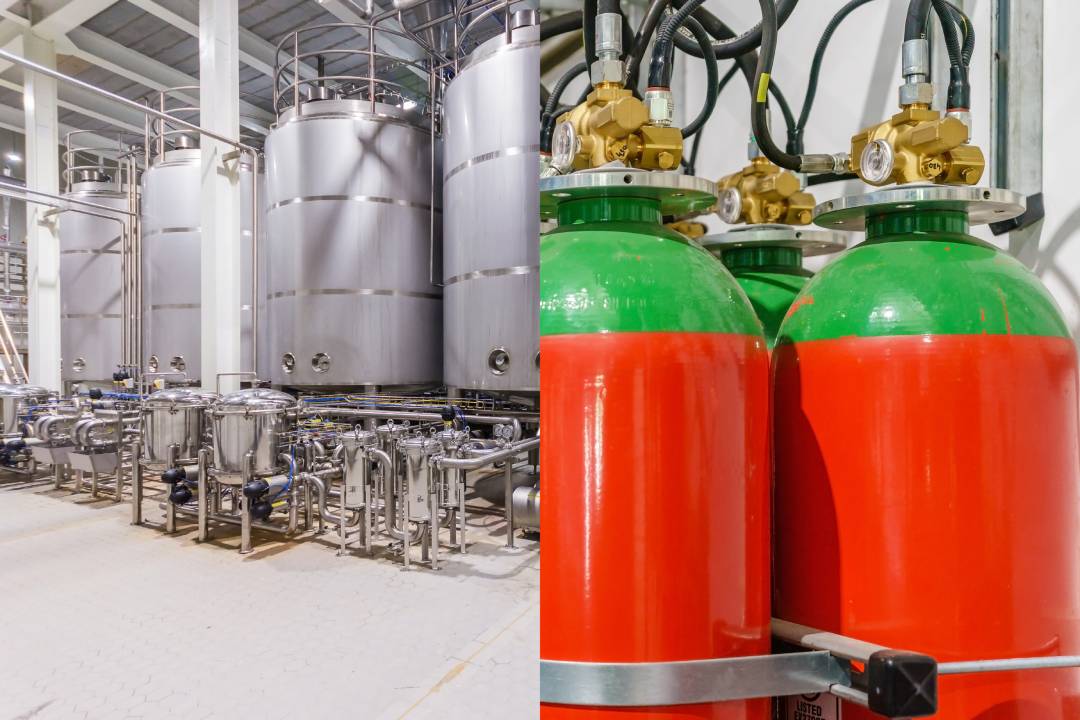
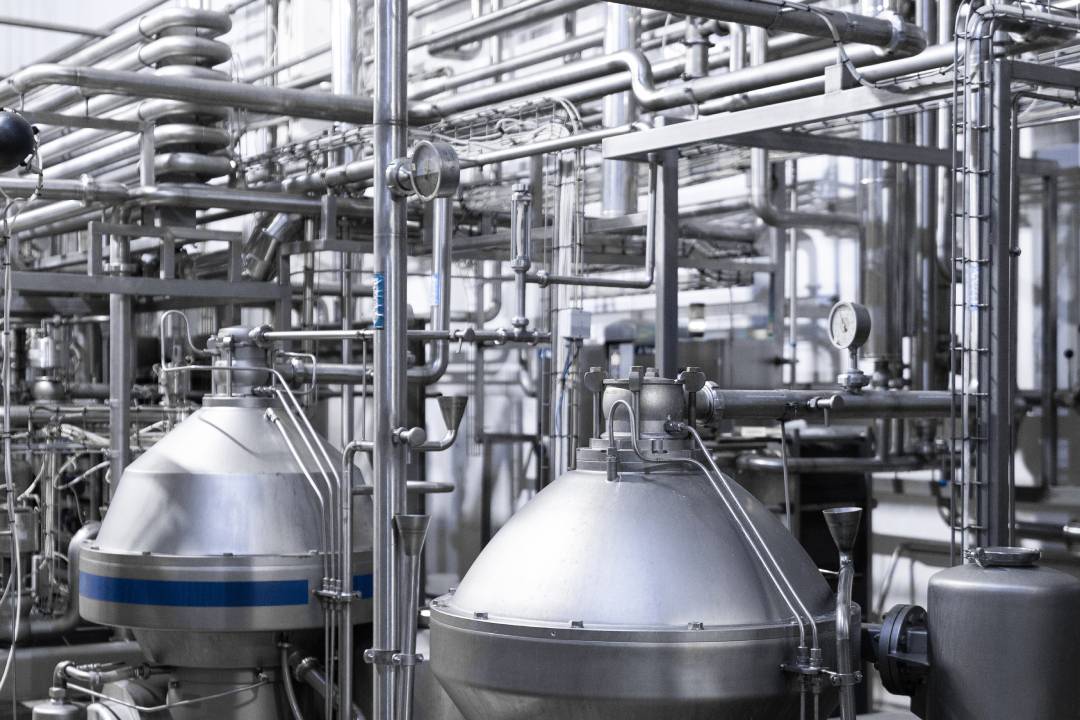

Our air leakage detection systems use ultrasound to monitor the airtight integrity of any room or compartment.
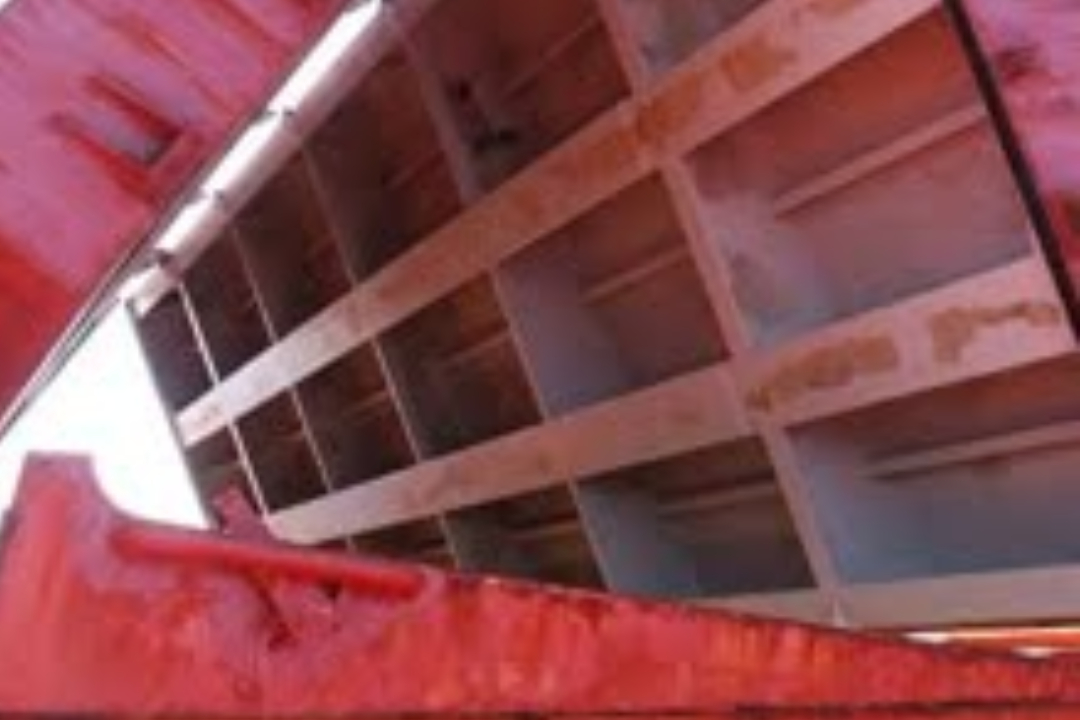
Our watertight integrity leak detectors use ultrasound to monitor the watertight integrity of any room or compartment
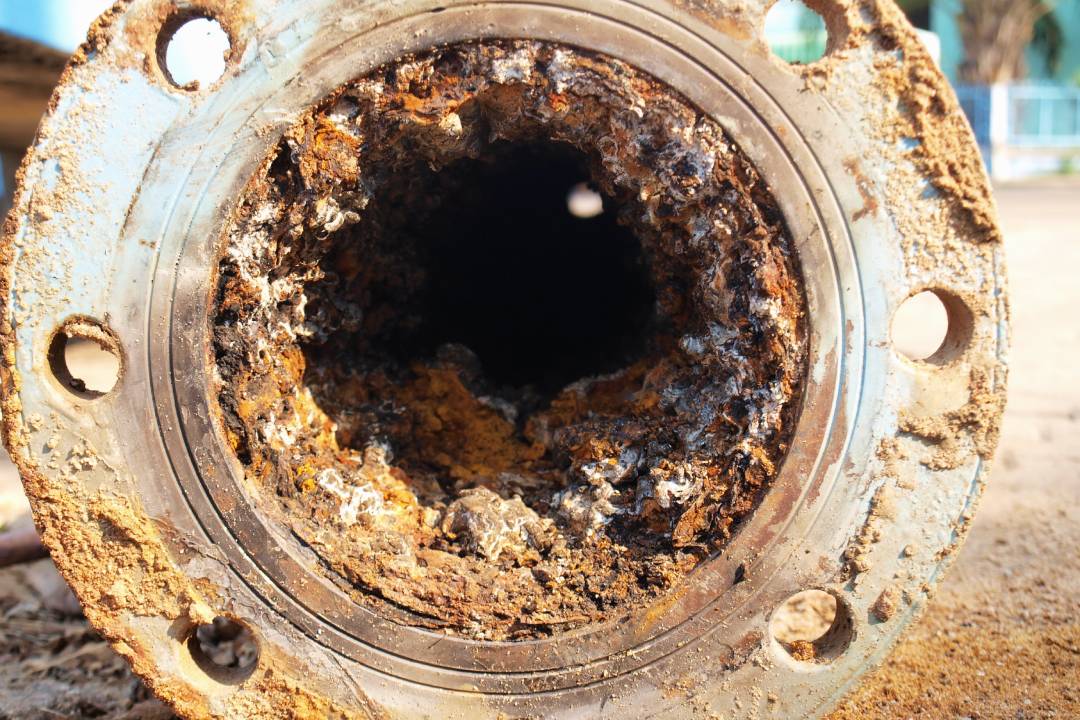
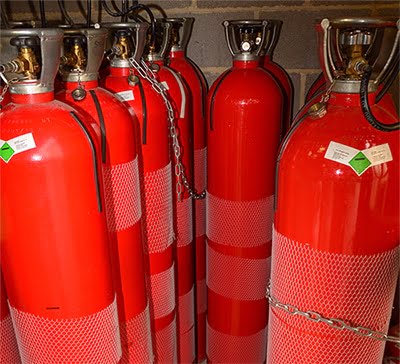
Acoustic, non-invasive pressure monitoring systems.
Our News
The latest news, technologies, and resources from our team.

Coltraco Ultrasonics, a global leader in precision ultrasonic technology, is proud to launch two revolutionary products: the Portalevel® LITE and Portalevel® ADVANCED. These two new

As we approach the end of 2024, we would like to extend our warmest thanks from everyone at Coltraco for your support throughout this year.

The Naval Damage Control Conference 2024 sought to discuss innovative technologies and training, with the objective to improve damage control, firefighting, and survivability in the